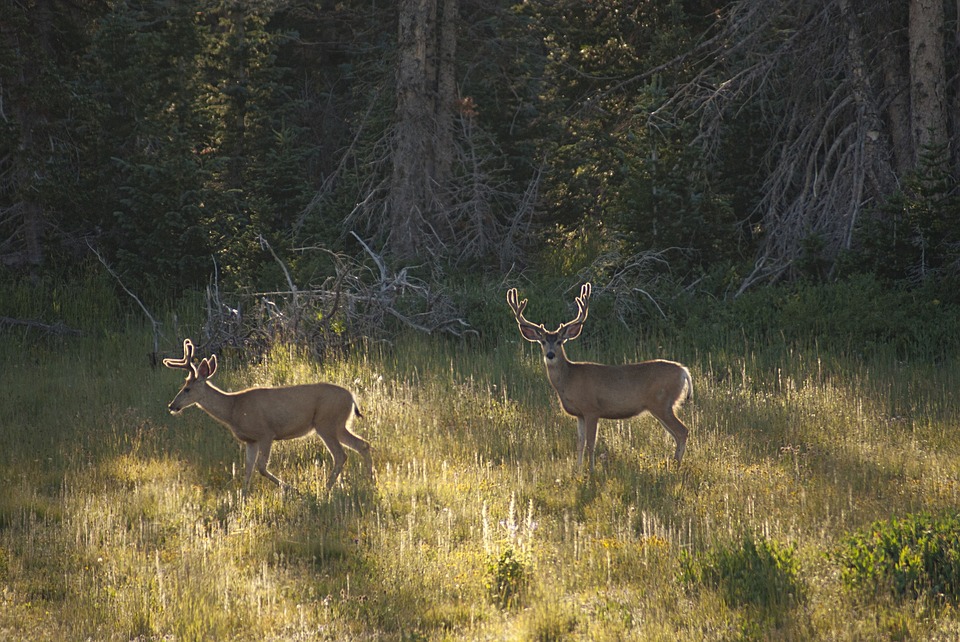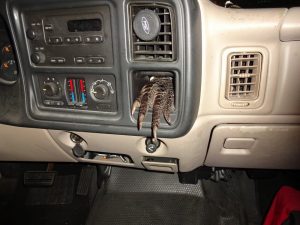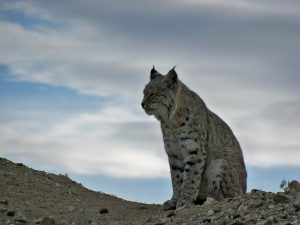As mule deer were hit hard last winter in many areas of the west, North Dakota’s recently completed spring mule deer survey was a success. As state biologists took to the skies above the badlands to conduct counts in the month of April, their findings were promising, seeing increasing numbers since the devastating winters of 2009-2011.
Following those tough winters, fawn production was at an all-time low and was paired with a population index of just 4.6 mule deer per square mile in 2012.
“The population recovery is due to no antlerless harvest for four years combined with milder winter conditions during 2012-16, which led to good fawn production since 2013,” big game management supervisor Bruce Stillings said. “However, the long-term health of the population will depend on maintaining high-quality habitat.”
In April, biologists counted 3,349 mule deer across 306.3 square miles resulting in mule deer density at 10.9 deer per square mile, which marks an increase of 9.4 deer per square mile in 2016.
According to Stillings, the 2017 survey results should materialize in additional hunting opportunities in all of the badlands units with the exception of 4A, which was the only unit to have experienced a slight decline in deer numbers.
Overall, this year’s survey indicates a 16 percent increase in North Dakota’s mule deer populations.




